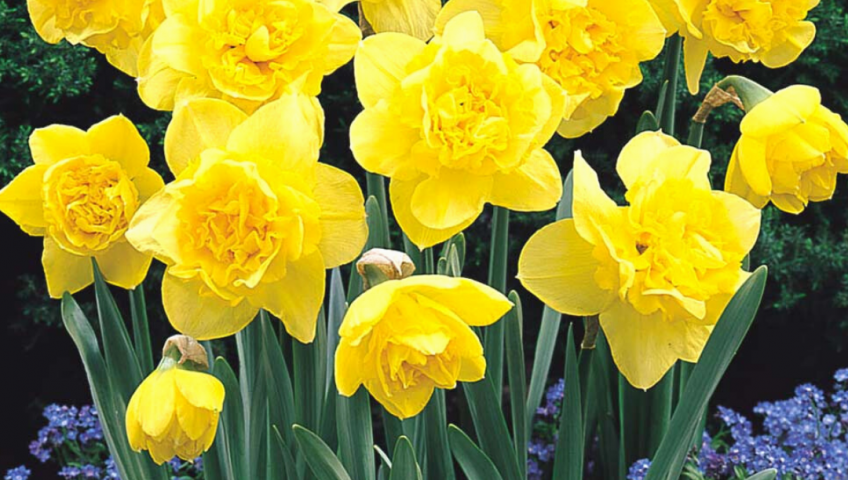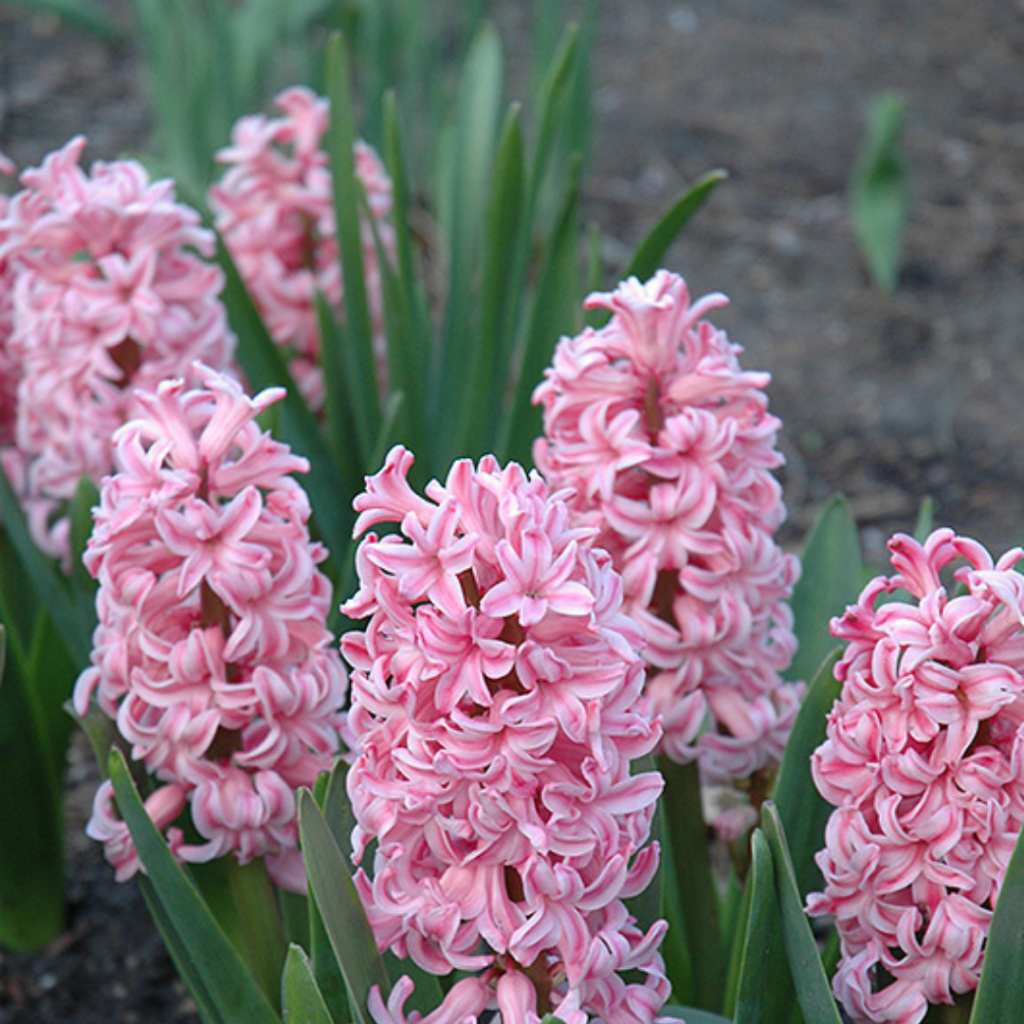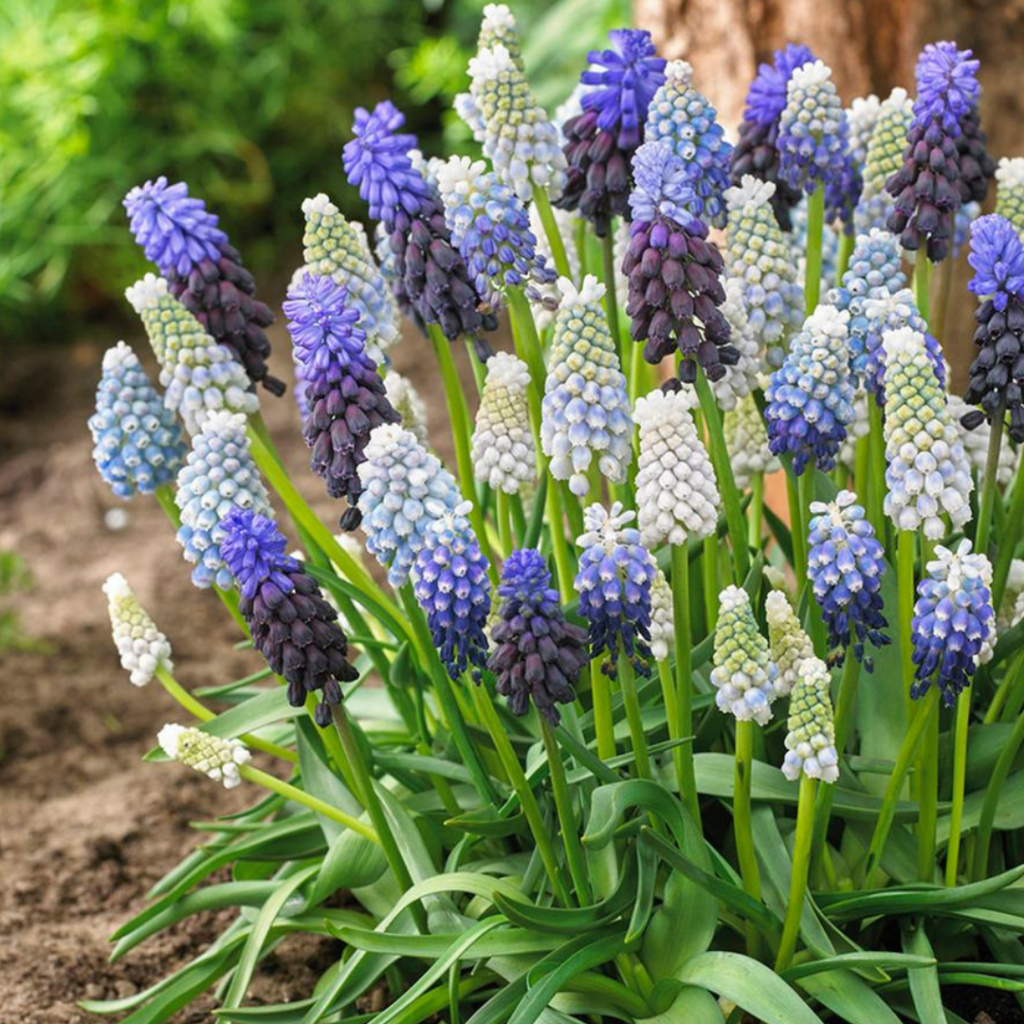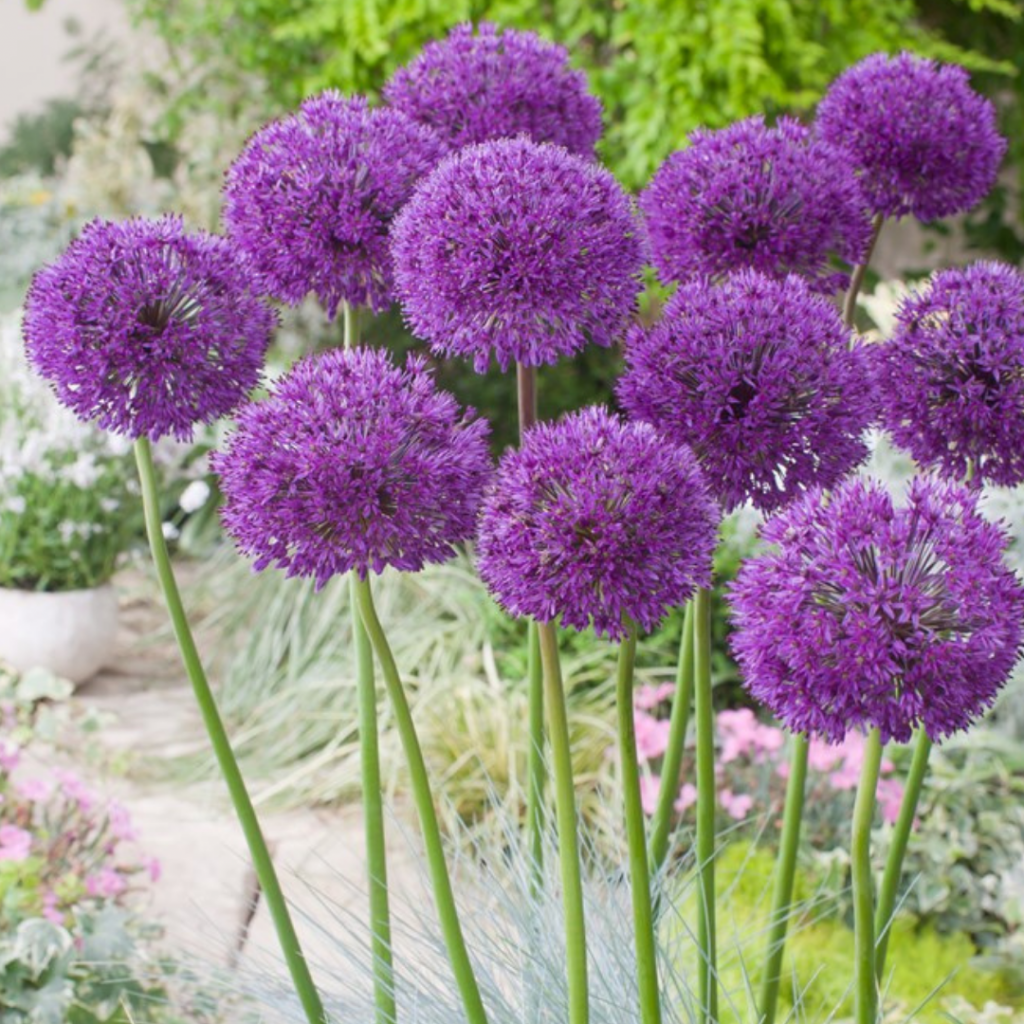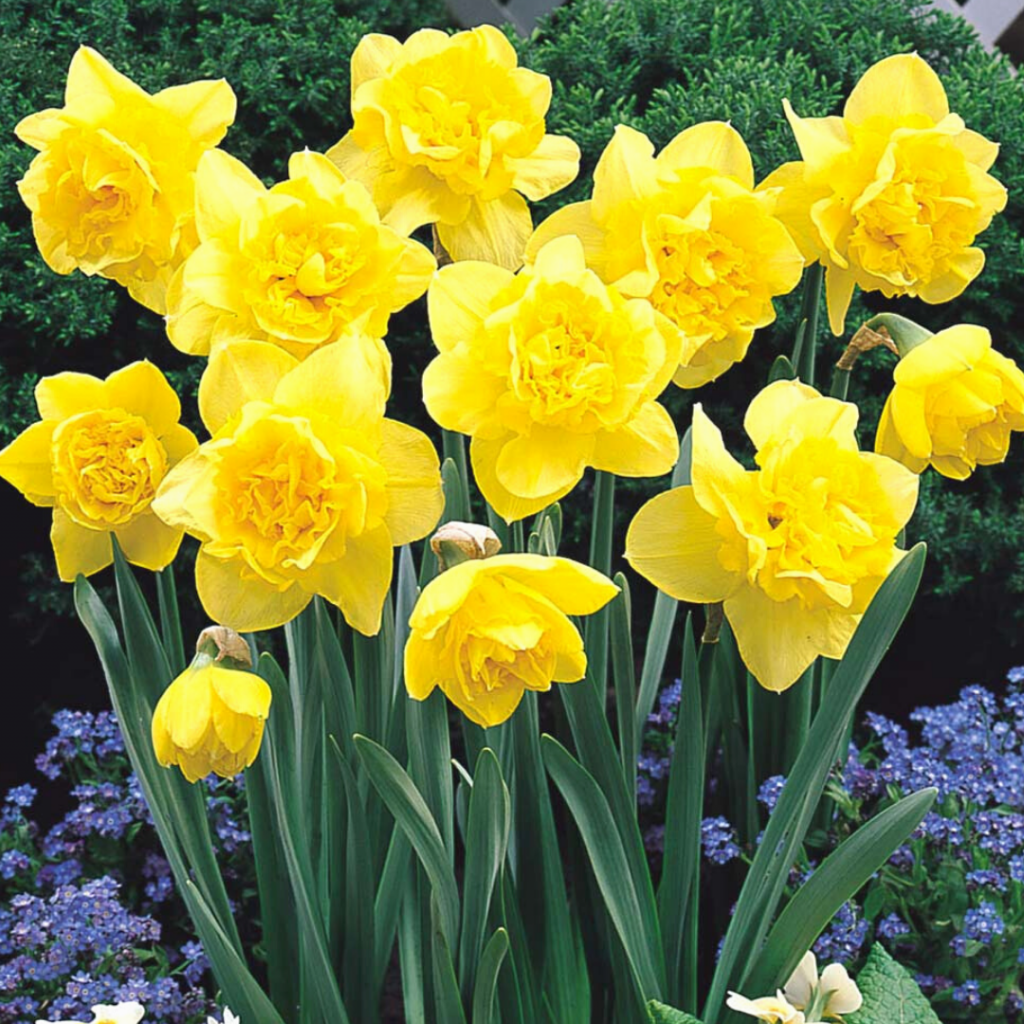Your cart is currently empty!
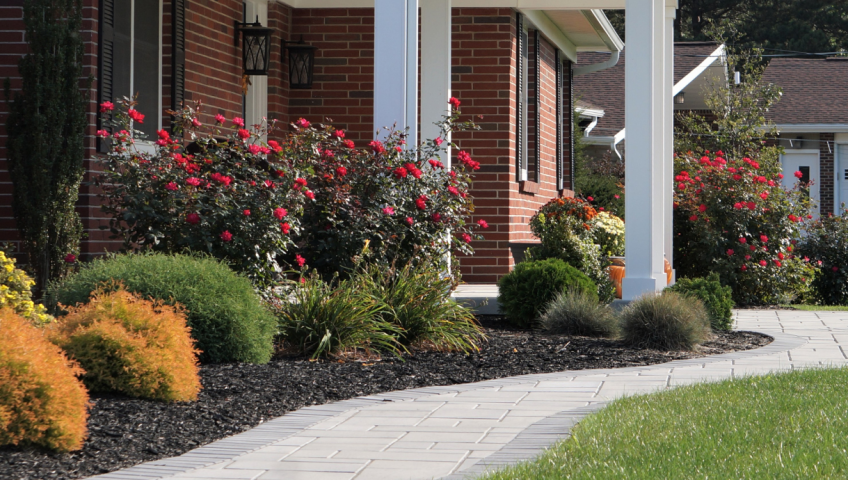
Why Fall is the Ideal Time for Planting
When it comes to landscaping, many people automatically think of spring as the prime planting season. After all, it follows a long, cold winter, and we’re all eager to get back outside and see some greenery. However, fall is another excellent time to revamp your landscape, and some experts argue that it might even be the best time, especially for adding new trees, shrubs, and perennials.
In this article, we’ll explore why fall is the ideal season for planting and how it can benefit your landscape in numerous ways.
The Perfect Planting Conditions
In the fall, a unique combination of warm soil and milder weather creates the perfect conditions for newly planted trees, shrubs, and perennials. Warm soil temperatures in the fall encourage robust root growth, surpassing the growth rates seen in the spring when the soil is still warming up.
Additionally, the shorter days and cooler air temperatures of fall allow plants to allocate more energy towards developing a robust root system, preparing them for the upcoming winter. This extra focus on root growth in the fall pays off when spring arrives, as these well-established plants can quickly channel their energy into producing new growth.
Strategic Planning
Fall is also an ideal time for planning your landscape. By planting in the fall, your landscape will be ready to shine come early spring. With all your established trees, shrubs, and perennials in place and leafed out, it becomes much easier to identify any gaps in your design or areas where you’d like to introduce a different texture or a pop of color.
This means you can add annuals and extra plants in the spring, with your base of larger trees, shrubs, and plants already firmly established. Consequently, you’ll have more time to tackle other projects in the spring while enjoying a well-prepared and aesthetically pleasing landscape.
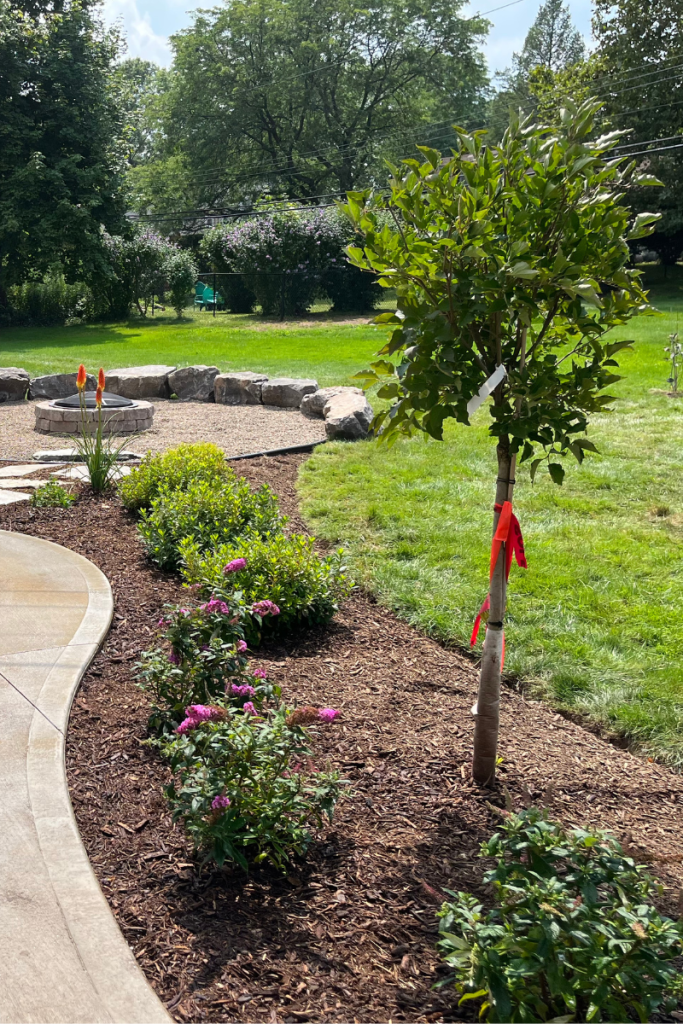

Evergreen Excellence
Fall is particularly suitable for planting evergreen trees and shrubs. Planting them during the hot summer months can lead to stress due to inadequate watering. Since evergreens retain their foliage year-round, they are vulnerable to increased moisture loss during occasional winter warm spells. However, with a robust, well-established root system, they can better withstand these challenges.
After planting evergreens in the fall, it’s essential to water them thoroughly and continue regular watering until the ground freezes. Once the ground is frozen, adding a two- to three-inch layer of fresh mulch can help insulate the soil and protect the plants. If you’re interested in mulch, we have a wide selection available.
Don’t Wait for Spring
While spring will always be a great time for planting, there’s a strong case to be made for fall being even better. So, if you have plans to enhance your landscape, don’t feel compelled to wait. Give us a call at 586-265-2490, and we’ll be happy to set up a time for a free estimate. This way, you can get a head start on next year’s growing season. At Preston’s Tree & Landscape Service, we also offer financing options for all tree removal and landscaping projects, including a 0% interest option for 12 months.
Conclusion
In conclusion, fall offers unique advantages for landscaping projects. The optimal planting conditions, strategic planning opportunities, and suitability for evergreen planting make it a season worth considering for your next landscaping endeavor. Don’t delay; take advantage of the benefits of fall planting and enjoy a beautifully transformed landscape next spring.
FAQs
Is fall the only suitable time for planting?
While fall has its advantages, you can plant throughout the year. Each season has its benefits and drawbacks, so it depends on your specific needs.
Should I water my newly planted trees and shrubs during the winter?
Yes, it’s essential to continue watering until the ground freezes, especially for evergreen plants, to ensure they survive the winter successfully.
Can I add new plants to my landscape in the spring after fall planting?
Absolutely! Spring is an excellent time to complement your existing landscape with annuals and other plants to enhance its beauty.
How do I identify gaps or areas that need improvement in my landscape?
Wait until spring when your existing plants are in full foliage to get a clear picture of your landscape’s layout and identify any design enhancements needed.
What financing options does Preston’s Tree & Landscape Service offer?
We offer various financing options, including a 0% interest option for 12 months, to make your tree removal and landscaping projects more manageable.

